Right lines: Erika Hock’s Bauhaus-inspired sculptures leave the drawing board
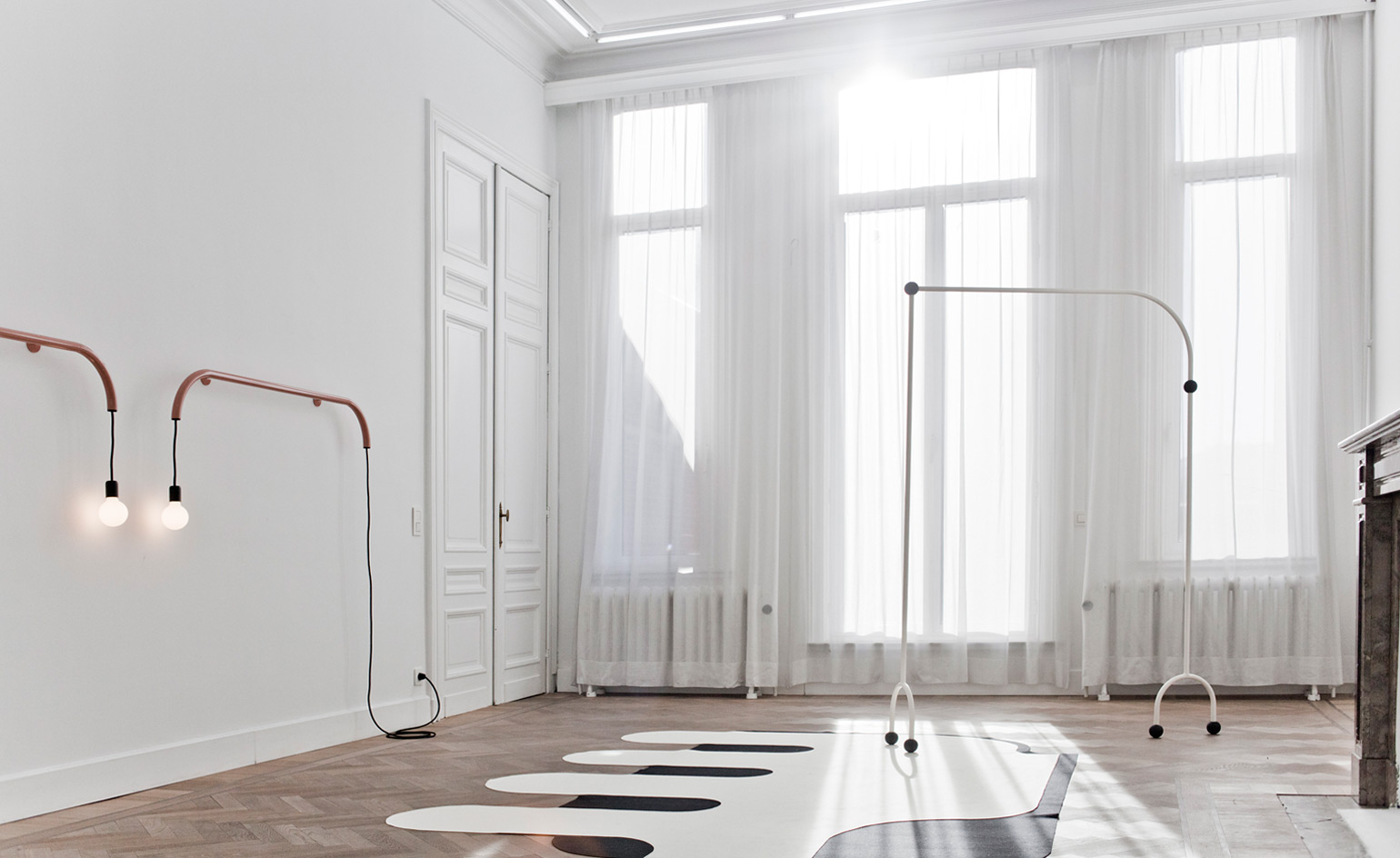
Appearing like simple line drawings that have sprung from the page, the bent steel tube sculptures of German artist Erika Hock possess almost life-like qualities. Arranged across Antwerp’s Gallery Sofie Van de Velde, each sculpture strikes a pose; while one stretches out a leg, another leans nonchalantly against a wall, each one interacting with the space in a different way.
The sculptures, which are being showcased at the gallery as part of Hock’s new solo exhibition ‘The Phantom Table’, are the latest works from the German artist’s ongoing ‘Elbows and Knees’ series - a body of work that blurs the line between functional objects and autonomous sculptures.
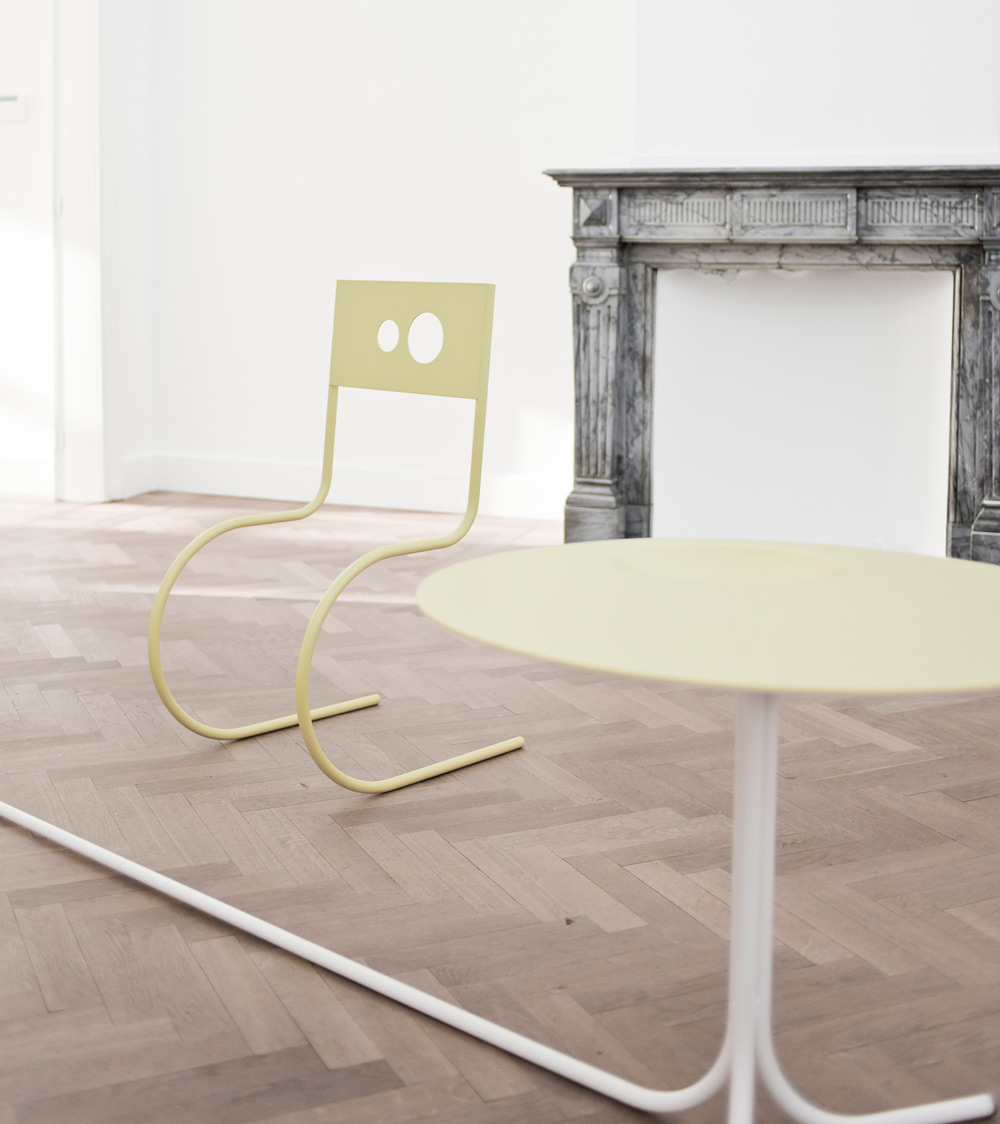
Installation view of ‘The Phantom Table’ at Gallery Sofie Van De Velde
For inspiration for her ‘Elbows and Knees’ pieces, Hock looked to the slender frame and suspended seat of the Bauhaus cantilever chair; a concept that was developed in the 1920s. At the time, several architects including Mart Stam, Marcel Breuer and Mies van der Rohe were all working on designs for a chair without back legs and a form that would elegantly trace the line of the seated human body.
‘I have been interested in the cantilever chair for a while because of the way that its posture mimics the human body,’ explains the artist. ‘I think of a chair with four legs as being more of a support structure for the body. The cantilever chair not only supports the body but it becomes a body; so you can easily picture it standing up and stretching out.’

Hock's pieces draw new lines around the gallery
Each piece, powder coated in either a muted pink, canary yellow, black or white, takes the form of deconstructed item of furniture – a lamp, a chair and a coatrack – all placed directly on the gallery floor as if ready to be used. However, their use is ambiguous – the chair has no seat, the coatrack has no obvious rail, the lamp rises awkwardly from the floor – Hock has pushed the forms so far into the realms of sculpture that they cease to be functional.
‘These structures can be seen as investigations on functionality and abstractions of the human body and its curiosities,’ says Hock. ‘The varieties of human bodies and characteristics like noses, legs, eyes, etc are very interesting to me due to their non-translatability. We can only talk about diversities after thinking about conformity.’

The sculptures are Hock's latest works from the series 'Elbows and Knees'

Each piece is a deconstructed recreation of an item of furniture, such as a chair or stool
INFORMATION
'Erika Hock: The Phantom Table' is on view until 18 February. For more information, visit the Gallery Sofie Van de Velde website
ADDRESS
Gallery Sofie Van de Velde
Lange Leemstraat
262 2018 Antwerp
Receive our daily digest of inspiration, escapism and design stories from around the world direct to your inbox.
Ali Morris is a UK-based editor, writer and creative consultant specialising in design, interiors and architecture. In her 16 years as a design writer, Ali has travelled the world, crafting articles about creative projects, products, places and people for titles such as Dezeen, Wallpaper* and Kinfolk.
-
 The most comprehensive showing of Nan Goldin’s photographs and films is intense and emotional
The most comprehensive showing of Nan Goldin’s photographs and films is intense and emotionalNan Goldin's moving-image work makes a heavy impact in ‘This Will Not End Well’ at Milan’s Pirelli HangarBicocca
-
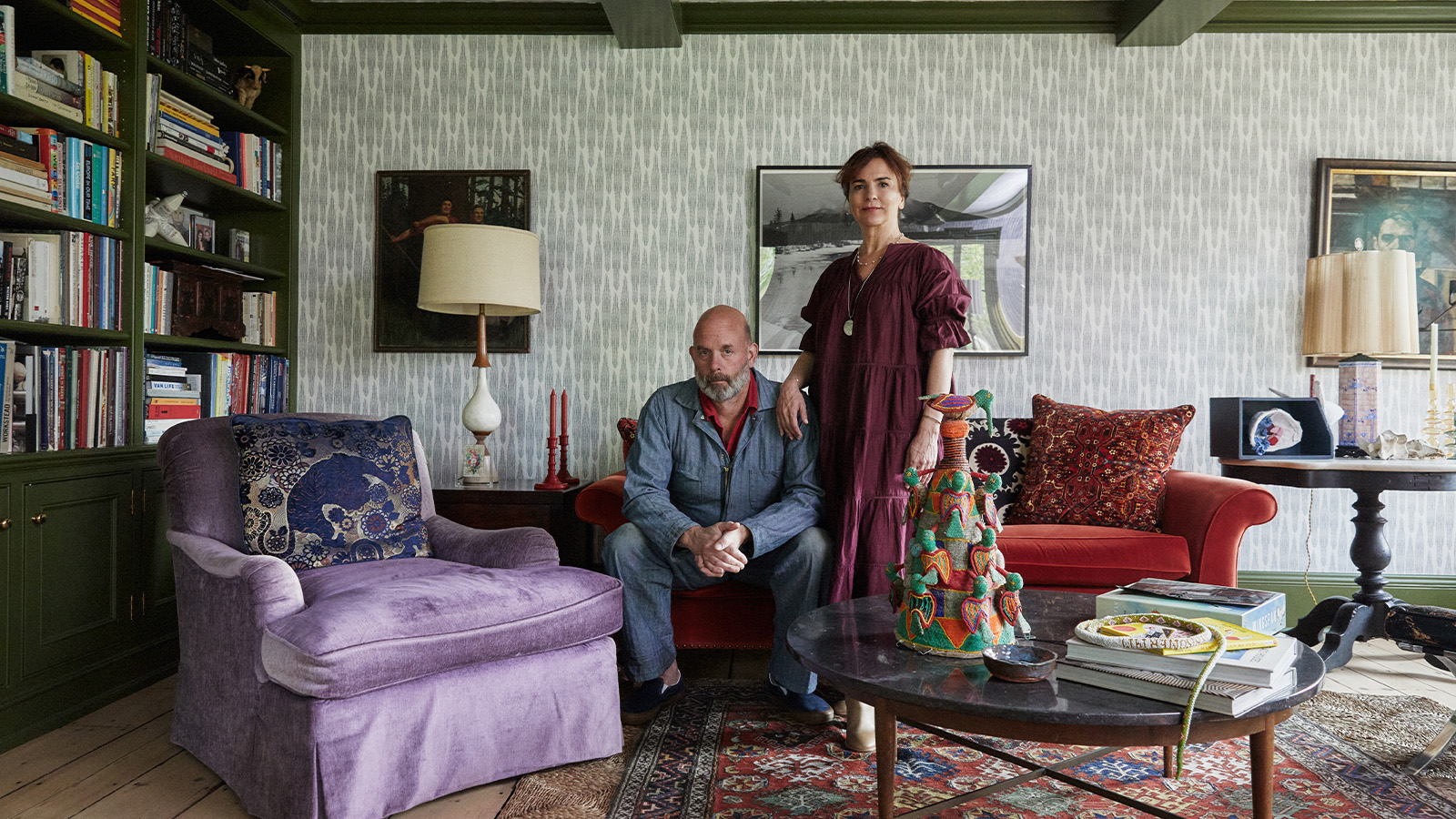 How We Host: Interior designer Heide Hendricks shows us how to throw the ultimate farmhouse fête
How We Host: Interior designer Heide Hendricks shows us how to throw the ultimate farmhouse fêteThe designer, one half of the American design firm Hendricks Churchill, delves into the art of entertaining – from pasta to playlists
-
 Arbour House is a north London home that lies low but punches high
Arbour House is a north London home that lies low but punches highArbour House by Andrei Saltykov is a low-lying Crouch End home with a striking roof structure that sets it apart
-
 Best of Design Miami Paris 2025: animal sculptures and musical ping-pong tables
Best of Design Miami Paris 2025: animal sculptures and musical ping-pong tablesDesign Miami Paris returns to the Hôtel de Maisons (until 26 October 2025): here are the Wallpaper* highlights
-
 At Design Miami Paris, an artful menagerie tells a story of scent and nature
At Design Miami Paris, an artful menagerie tells a story of scent and natureVikram Goyal and Sissel Tolaas present ‘The Soul Garden’ at Design Miami Paris (until 26 October 2025), ‘a contemporary fable where the animals take new forms, reimagined for the world we live in today’
-
 Bocci and Anna Carnick join forces on a showcase of evocative design practices in Berlin
Bocci and Anna Carnick join forces on a showcase of evocative design practices in Berlin'Crafting Community' is on view at Berlin's Wilhelm Hallen until 14 September 2025
-
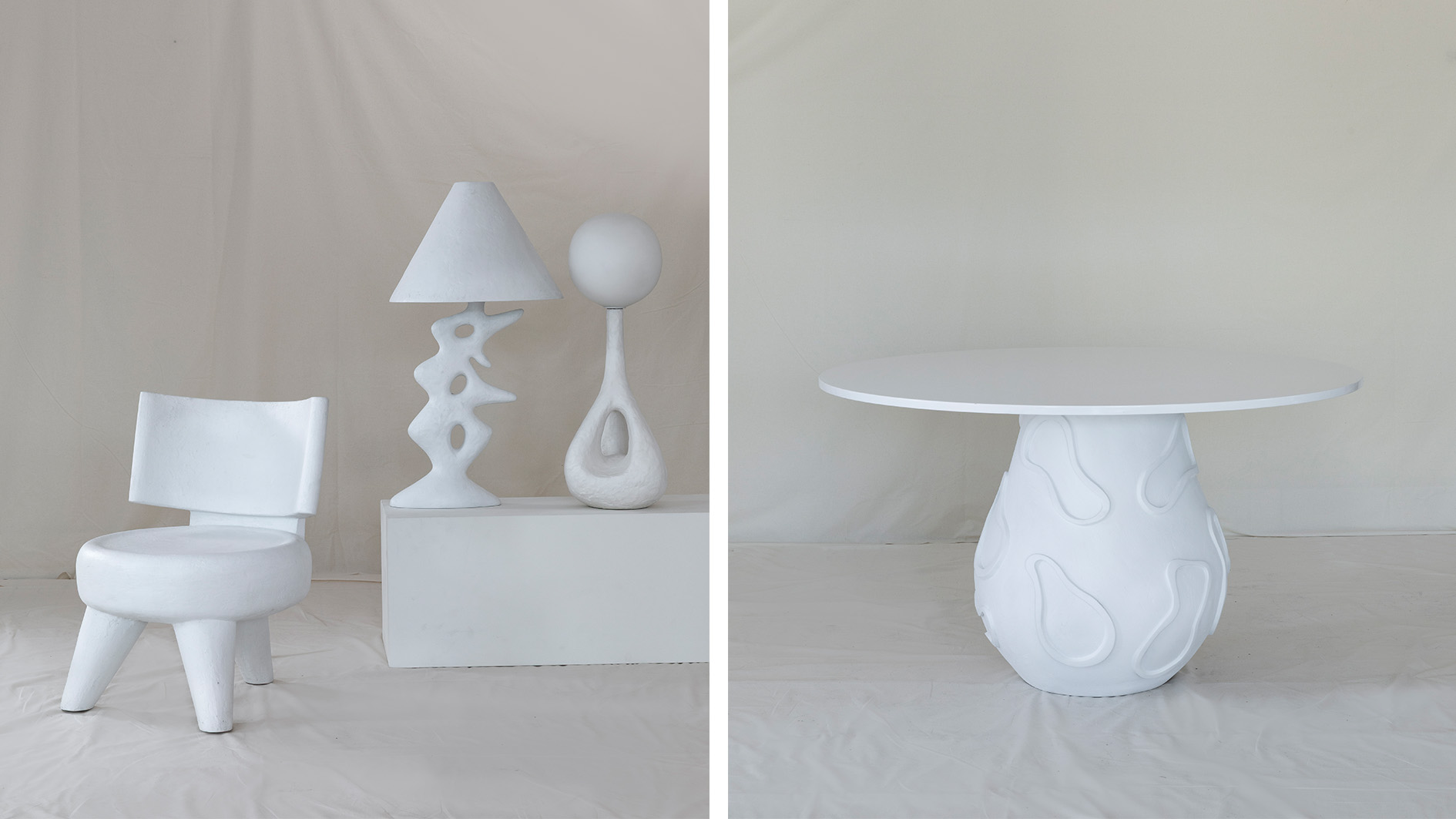 Ralph Pucci’s new Provence exhibition celebrates sculpture in its purest form
Ralph Pucci’s new Provence exhibition celebrates sculpture in its purest formTo mark 70 years of Ralph Pucci International, the New York gallery is collaborating with top designers to bring scaled, textural forms to Château La Coste
-
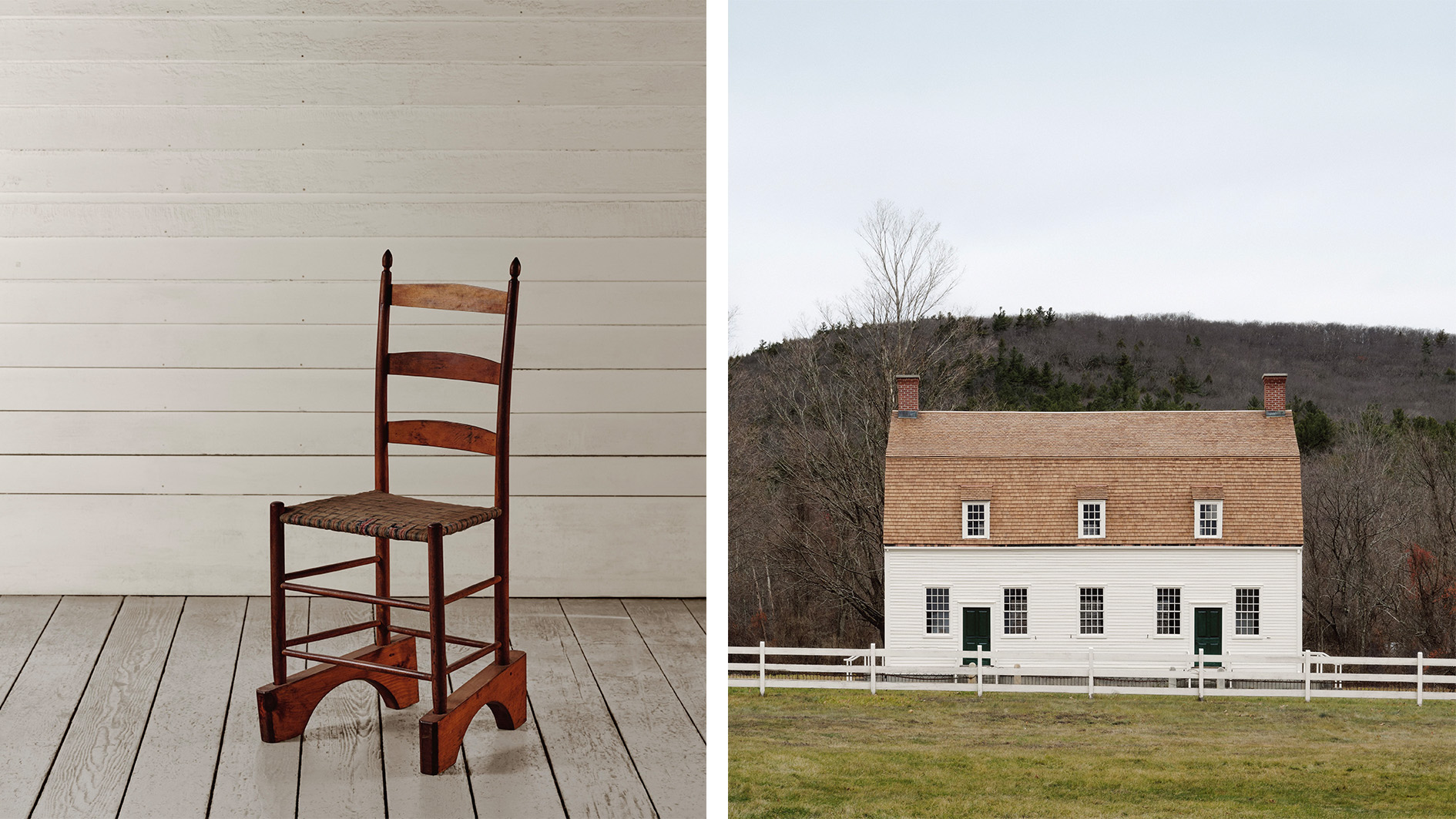 How did the Shakers influence modern design? A new exhibition considers the progressive philosophy of the free church
How did the Shakers influence modern design? A new exhibition considers the progressive philosophy of the free church‘The Shakers: A World in the Making’ positions the 18th-century sect as a pioneer of simple, functional and democratic design – principles that still guide aesthetics today
-
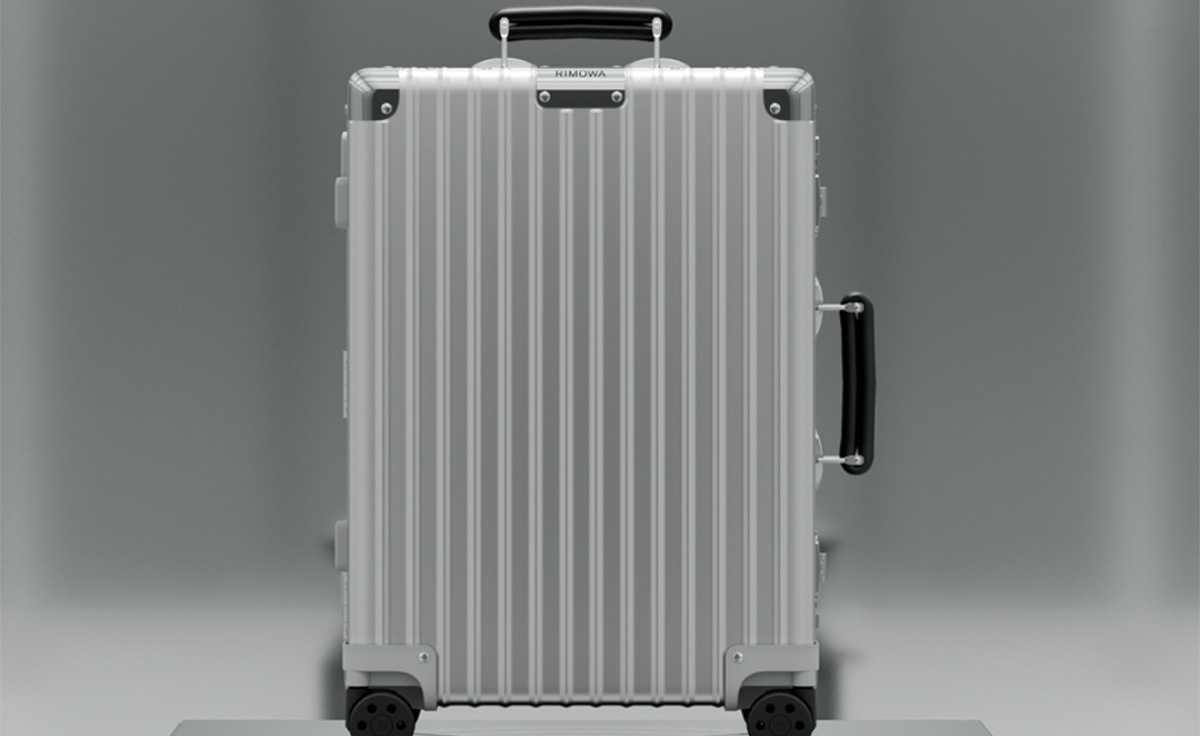 Rimowa Design Prize set to celebrate student innovation
Rimowa Design Prize set to celebrate student innovationThe new Rimowa Design Prize is launching in collaboration with 15 universities, celebrating both student innovation and German design
-
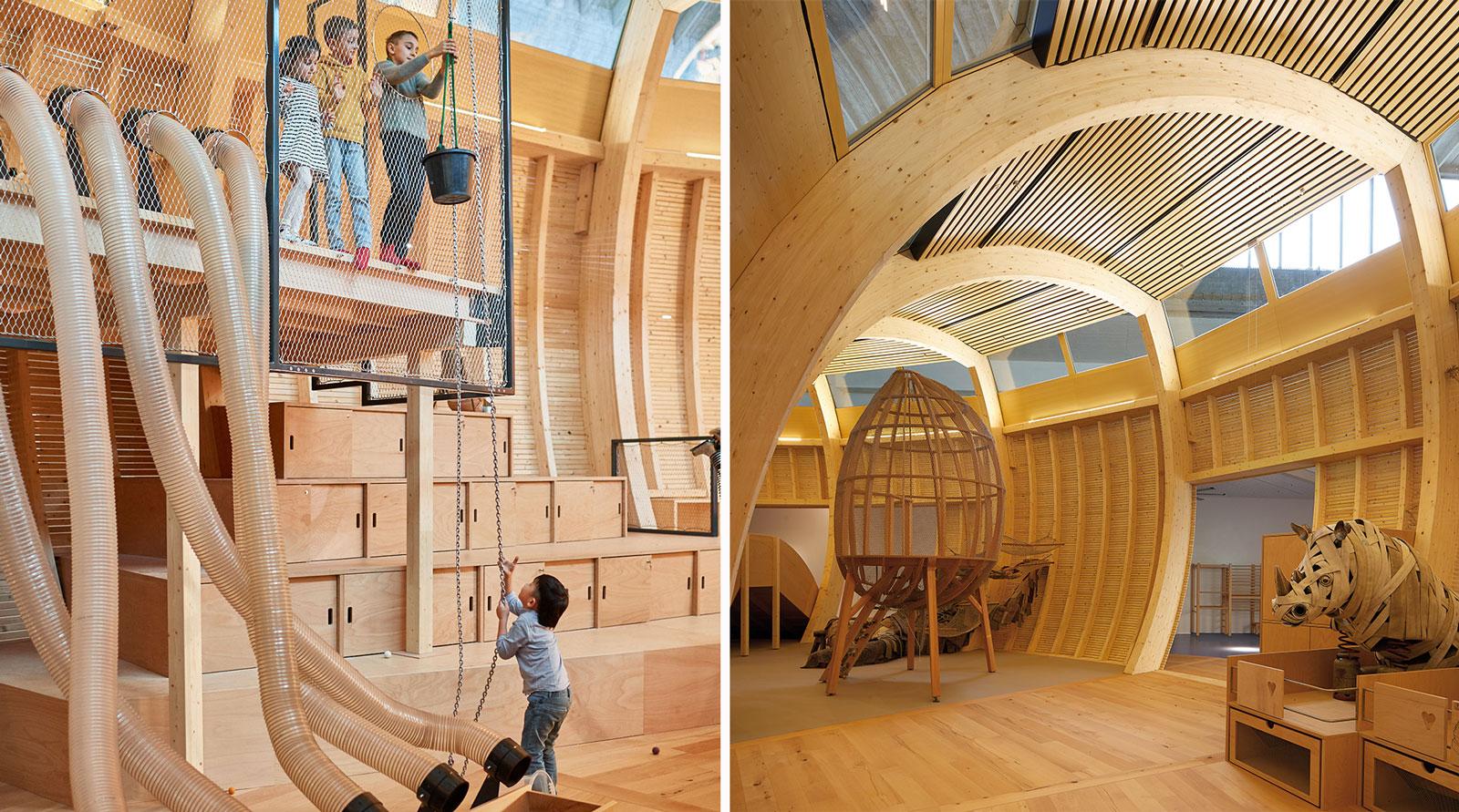 ‘Design not for children, but for everyone’: Jewish Museum Berlin’s new play space
‘Design not for children, but for everyone’: Jewish Museum Berlin’s new play spaceOlson Kundig architecture and design practice brings kids’ play space ANOHA Children’s World to life inside a vast former wholesale flower market, at the Jewish Museum Berlin
-
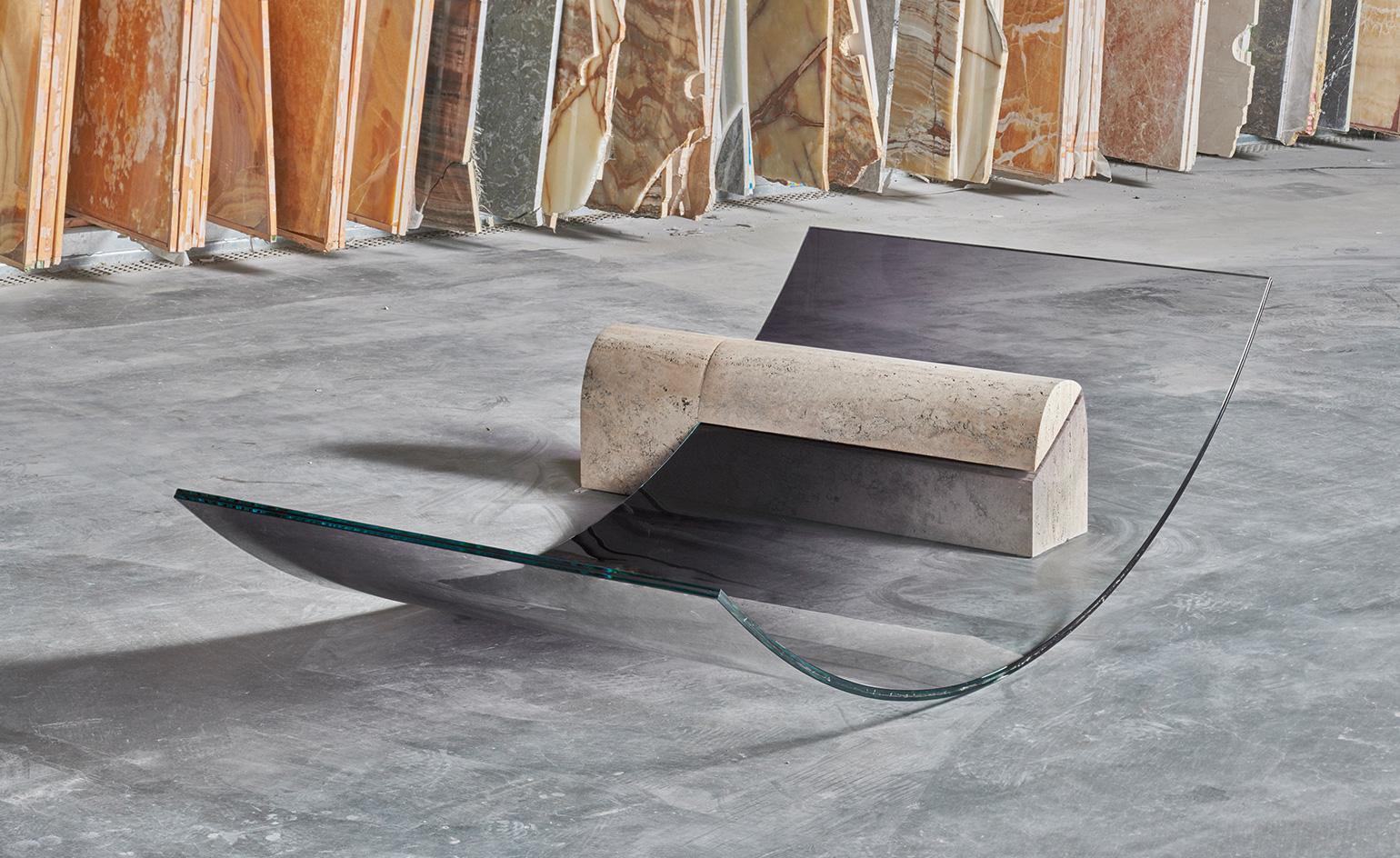 Sabine Marcelis wins Wallpaper* Designer of the Year 2020
Sabine Marcelis wins Wallpaper* Designer of the Year 2020Between fountains for Fendi, donut-shaped rugs, and a takeover of Mies van der Rohe’s Barcelona Pavilion, Dutch-Kiwi designer Sabine Marcelis has widened the spectrum of what light, glass and resin can do